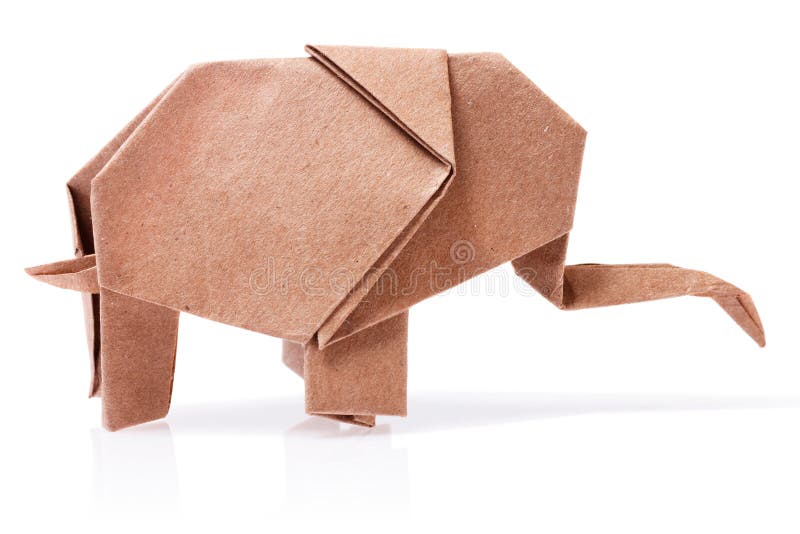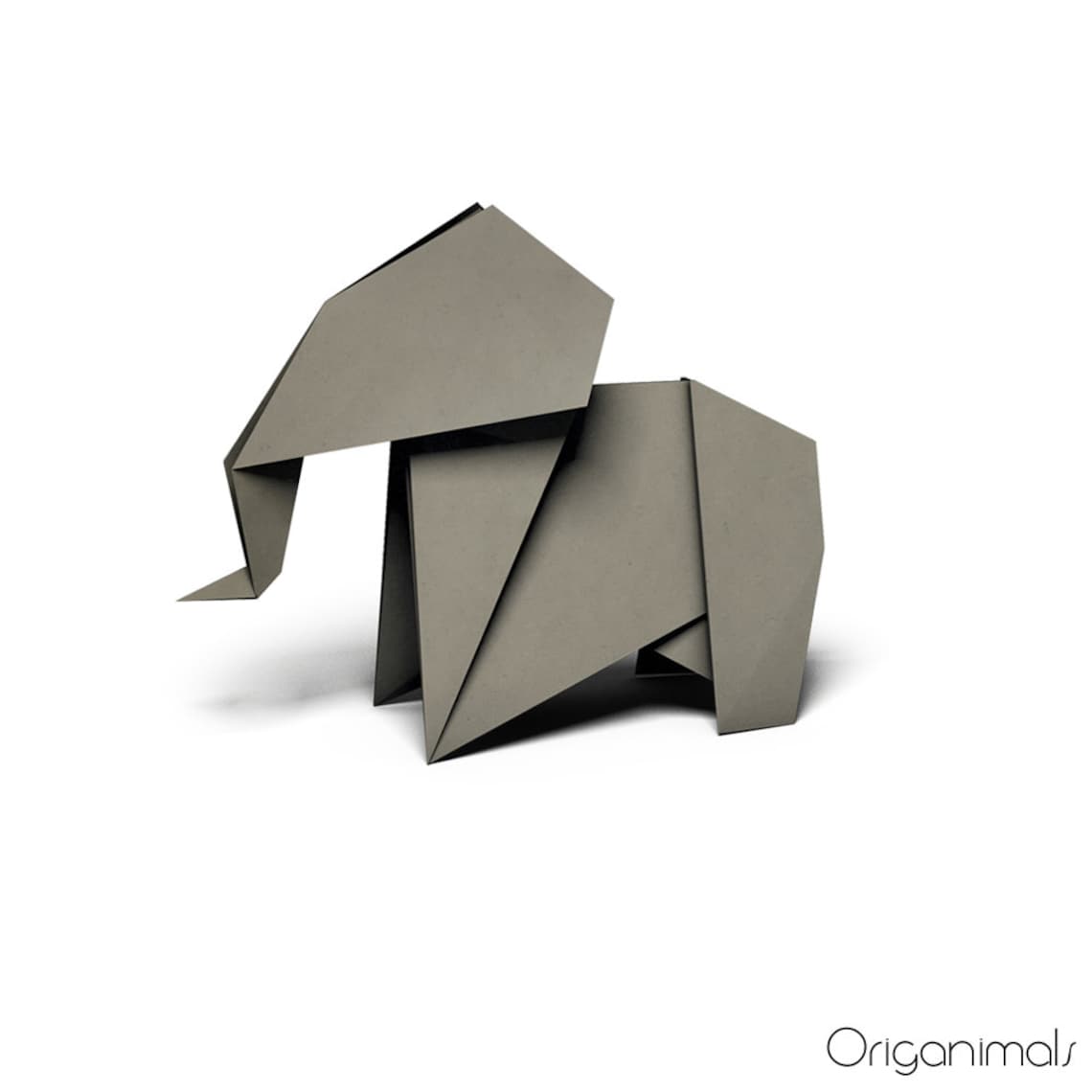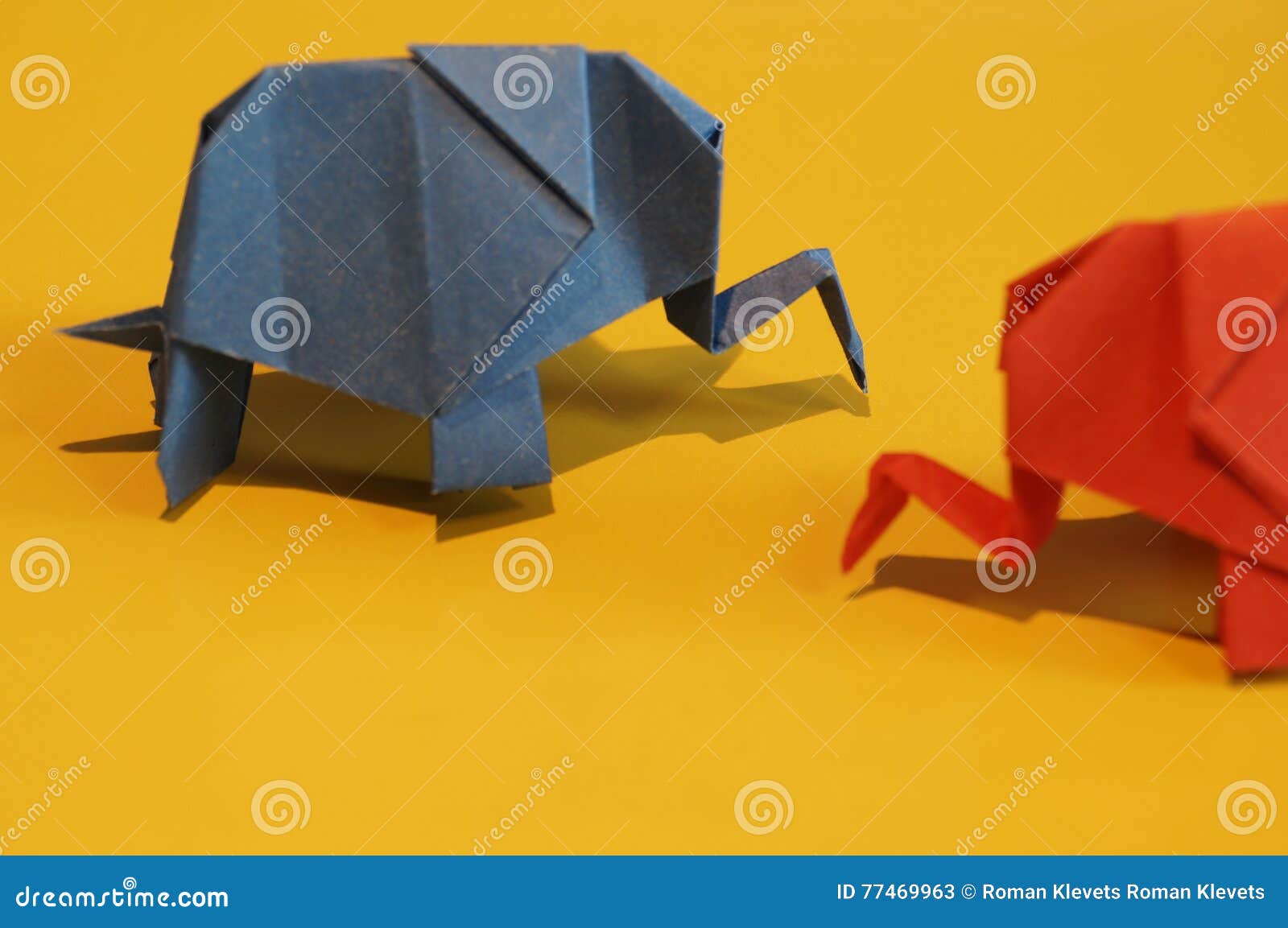

Lladró is the leader in luxury porcelain since 1953 and have developed proprietary processes that resulted in a wide range of products and styles that is unparalleled in the world of porcelain. This piece will be delivered in approximately 2-3 weeks from purchase.

Like the rest of the pieces in this collection, it is a contemporary innovative reinterpretation of the traditional Japanese art of origami, in which the geometric forms produced by folding paper are transformed into powerful sculptural and decorative facets. When it is depicted with its trunk pointed upwards, this animal symbolises good luck, prosperity and triumph. This striking African elephant is the latest addition to the Origami collection.

Just as in Mabona’s origami, an elegant solution to save the species will take problem solving, patience, and a bit of artistry.Black or Blue Origami elephant made in matt porcelain decorated with touches of yellow in the eyes. Getting interest groups and governments to work together is critical to saving African elephants, Pepper says.

“It’s a general symbol for defying limitations.” The size doesn’t really matter, but don’t go too small, or it will be difficult to work with. “I felt like folding a life-size elephant from a single sheet of paper would defy the limitations of what people would think is possible in origami,” Mabona says. To make an easy origami elephant, you will need: A true square of origami paper. And next week, government officials will come together in South Africa for the Convention on International Trade in Endangered Species meeting, where they could pass a similar measure. At the International Union for the Conservation of Nature’s World Conservation Congress held in Hawaii at the beginning of the month, delegates passed a global, voluntary ban on domestic ivory sales. This year’s Expo comes on the heels of two international conservation meetings. They’re meant to show the potential of something that’s about to happen rather than something being undone, says Mabona. These works are flat pieces of paper but have all the creases needed to become 3D sculptures. Smaller elephants and rhinos, another gravely endangered species, will accompany the calf to the art fair. Mabona doesn’t need outlined steps like those in origami packets for kids the sequence of hundreds of folds are all in his head. But perhaps the coolest part of the project is that it was done without any plans for when and where to fold. It took three people (Mabona and two assistants) a week to make it, carefully wetting and folding the paper and letting it stiffen in place. The sculpture is part of an exhibit commissioned by NRDC to bring attention to the world’s struggling wildlife.Īt four feet tall, the elephant calf at the fifth annual Expo Chicago is smaller than Mabona’s previous work, but it still makes a sizable impression. “At this point, more elephants are being poached than are being born, which is a huge problem,” says Elly Pepper, a wildlife advocate for NRDC. Poachers kill tens of thousands of the animals every year for their tusks. African forest elephants are in even greater trouble, with some scientists predicting the species could go extinct within the decade. “They look powerful, but at the same time, it’s easy for us to extinguish them, which we are pretty close to doing.”Ī recent African elephant census showed that the population declined 30 percent from 2007 to 2014, with numbers continuing to shrink by 8 percent each year. “Using paper as a medium shows how fragile the elephants actually are,” he says. Mabona’s latest pachyderm was created from a 25- by 25-foot sheet of white paper, a material representative of the animal’s plight. Soon Mabona will be sending another origami elephant stateside to the Expo Chicago art fair, which runs from September 22 to 25, in hopes that the event’s 45,000 visitors will get a dose of conservation with their art. The work, supported by a wire frame, took a month to complete and came out weighing 550 pounds. Two years ago in Beromunster, Switzerland, 150 miles from Geneva, where the artist is based, he created his first origami elephant for the KKLB museum. He’s been turning paper into art for 20 years, and no challenge seems too big for him to tackle―er, fold. So, how exactly do you sculpt a giant elephant out of a single sheet of paper? It takes time, patience, and a whole lot of artistry-three things Swiss artist Sipho Mabona has in spades.


 0 kommentar(er)
0 kommentar(er)
